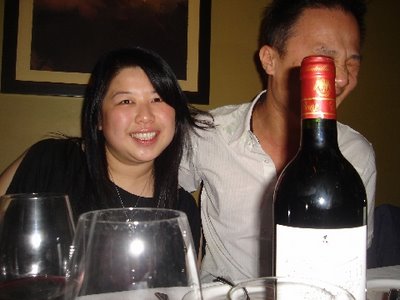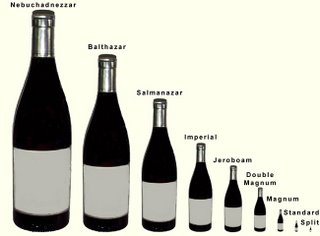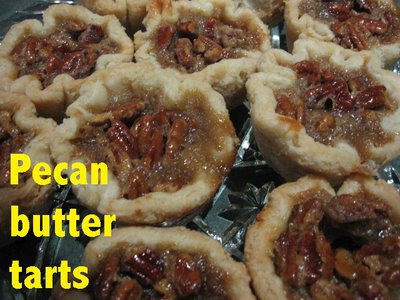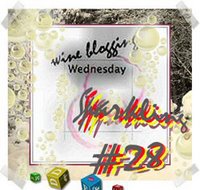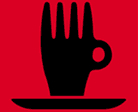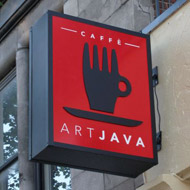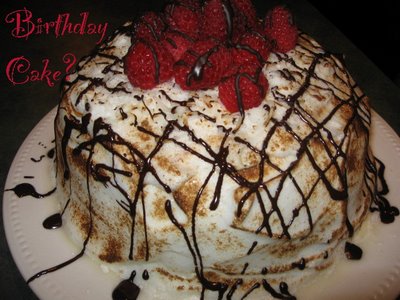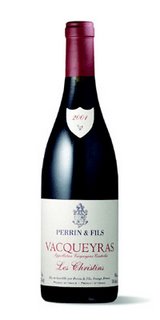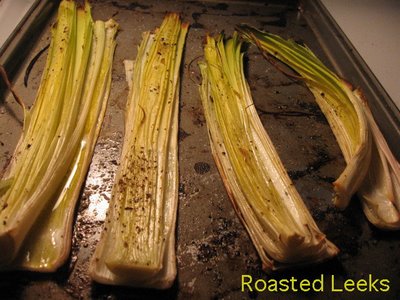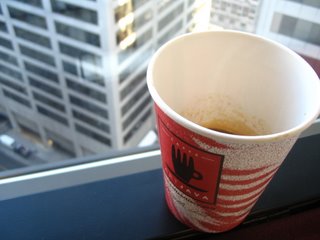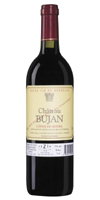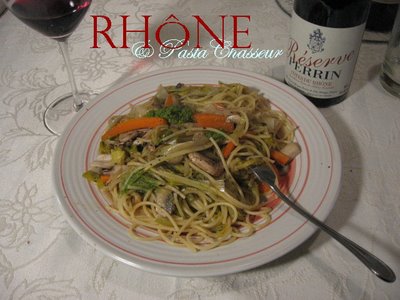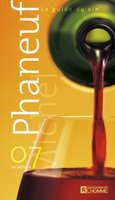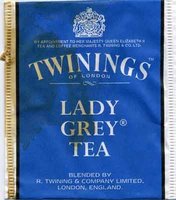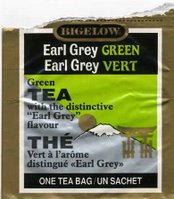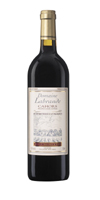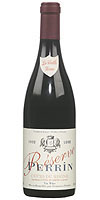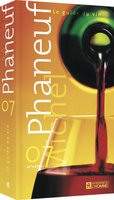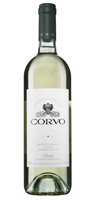How to beat the Christmas shopping rush: Dupéré-Barrera Les Terres de Méditerranée 2004
"The more the experts proclaim their approval of great wines, the harder it becomes for the consumer to actually drink them."
_____________________________________________________
_____________________________________________________
Post updated 061221 in comments
 I've never seen so many wine shoppers as I have lately. All these new fellow shoppers... is it camaraderie or is it competition?
I've never seen so many wine shoppers as I have lately. All these new fellow shoppers... is it camaraderie or is it competition? It's competition.
Despite the spirit of the season, I definitely see it as competition. HUGE competition at that. Bah humbug buddy, that bottle's mine!
The fact is that getting top-reviewed bottles is harder now than I can ever remember. Typically at this time of the year, winning the sought-after cuvée is tough. This particular year it practically takes a Christmas miracle to get your hands on it. Or so it seems to me.
I have seen what it takes to secure those prized bottles when new shipments trickle in and then immediately start selling like hotcakes. When party supplies need to be stocked up and year-end lists encourage further purchases, buying that bottle can certainly appear to be a lost cause.
In Montreal, the main reason they sell like hotcakes is Michel Phaneuf, famed Quebecois wine writer. In my critical review of his Guide du Vin 2007, I suggested readers met with frustration when then opened the wine-buying guide because the annual survey of wines sold in the province was presented this year in a less user-friendly way than usual. I mostly discussed problems with its layout and ordering but one thing that caused me to meet frustration again and again was something I did not even mention. (I didn't mention it because it's the wine lover's paradox -- no fault of Phaneuf or his publishers.)
I'm talking about the well-known fact that the more the experts proclaim their approval of great wines, the harder it becomes for the consumer to actually drink them. Especially in the midst of a Christmas rush.
Recently Phaneuf has given some extremely affordable wines five-star reviews, a fairly unprecedented thing. As a result, it is impossible to get your hands on. When his wine newsletter let the cat out of the wine bag earlier this year, what short supply there was of the five-star Vistorta Merlot 2003 by Conti Brandolini d'Adda (pictured above) fast depleted from SAQ outlets (click on it and see). When restaurateurs buy up the stuff by the case, what chance does the everyday consumer really have?
Slim to none, but with persistence and discipline you can do like I did and score yourself some. But also please learn from my mistakes. Here's what I did in the course of my five-star pursuit:
LAST WEEK,

EACH MORNING...
Since the SAQ, like many wine agencies and retailers, has an online database of their stock, I made a point of checking in daily for any sign of the five-star wine in the province. Occasionally, results show 1 or 2 bottles. Calling the outlet that reports the stock usually is a dead-end. The outlet will reply that the number is an error or is normally-occurring breakage.
SATURDAY,

9:30 AM
The other day, I got lucky. It was half-past nine, the time outlets open, and I had just returned a search result indicating 8 bottles. This was a good sign. I called immediately. The employee responding to my query went to check on the actual stock and said he could account for 6 bottles. Two must've just sold, he told me. Fine. I asked for two of what was left to be put aside, saying that I was on my way to pick them up.
9:43 AM

I didn't immediately consider asking for more than two bottles because I didn't have access to a car. But then I thought a trek across the city using public transit with my half-case would be worth the trouble. I called back five minutes later to ask for all six bottles. They said that there were now only five bottles, but that I could have those. I said sure.
9:47 AM

An incoming call on my phone. My call display said it was the SAQ. Not a good omen. I answered and they informed me that only the original two bottles I had requested would be available for me to pick up. The other three bottles had been snapped up before they could reserve them for me. Too bad about that -- unfortunately wine lovers, that's what half-measures and hesitation will get you this Christmas in Quebec -- but I couldn't really complain.


